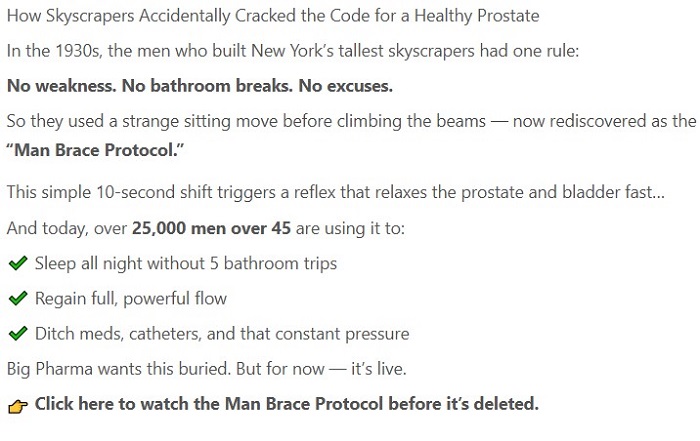
NY steelworkers accidentally found a cure?



nment which has three branches (legislative, executive, and judicial) along with the basic role of each branch. However, disagreement over the specific design and powers of the branches delayed progress for weeks and threatened the success of the convention. The most contentious disputes involved the legislature, specifically the composition and election procedures for the Senate as the upper legislative house of a bicameral Congress, and whether proportional representation was to be defined by a state's geography or by its population. The role of the executive was also hotly debated, including the key issues of whether to divide the executive power among three people or vest the power in a single chief executive to be called the President; how a president would be elected; the length of a presidential term and the number of allowable terms; what offenses should be impeachable; and whether judges should be chosen by the legislature or the executive. Finally, slavery was also a contentious issue, with the delegates debating the insertion of a fugitive slave clause; whether to allow the abolition of the slave trade; and whether slaves were to be counted in proportional representation. Most of the time during the convention was spent on deciding these issues. Progress was slow until mid-July, when the Connecticut Compromise resolved enough lingering arguments for a draft written by the Committee of Detail to gain acceptance. Though more modifications and compromises were made over the following weeks, most of this draft can be found in the finished version of the Constitution. After several more issues were debated and resolved, the Committee of Style produced the final version in early September. It was voted on by the delegates, inscribed on parchment by Jacob Shallus with engraving for printing, and signed by 39 of 55 delegates on September 17, 1787. The completed proposed Constitution was printed in several copies for review which began the debate
